 Weird Stuff
Weird Stuff  Weird Stuff
Weird Stuff  Our World
Our World 10 Ways Your Christmas Tree Is More Lit Than You Think
 Movies and TV
Movies and TV The 10 Coolest Stars to Set Sail on The Love Boat
 History
History 10 Things You Didn’t Know About the American National Anthem
 Technology
Technology Top 10 Everyday Tech Buzzwords That Hide a Darker Past
 Humans
Humans 10 Everyday Human Behaviors That Are Actually Survival Instincts
 Animals
Animals 10 Animals That Humiliated and Harmed Historical Leaders
 History
History 10 Most Influential Protests in Modern History
 Creepy
Creepy 10 More Representations of Death from Myth, Legend, and Folktale
 Technology
Technology 10 Scientific Breakthroughs of 2025 That’ll Change Everything
 Weird Stuff
Weird Stuff Ten Bizarre Facts About The Doge Meme
 Our World
Our World 10 Ways Your Christmas Tree Is More Lit Than You Think
 Movies and TV
Movies and TV The 10 Coolest Stars to Set Sail on The Love Boat
Who's Behind Listverse?

Jamie Frater
Head Editor
Jamie founded Listverse due to an insatiable desire to share fascinating, obscure, and bizarre facts. He has been a guest speaker on numerous national radio and television stations and is a five time published author.
More About Us History
History 10 Things You Didn’t Know About the American National Anthem
 Technology
Technology Top 10 Everyday Tech Buzzwords That Hide a Darker Past
 Humans
Humans 10 Everyday Human Behaviors That Are Actually Survival Instincts
 Animals
Animals 10 Animals That Humiliated and Harmed Historical Leaders
 History
History 10 Most Influential Protests in Modern History
 Creepy
Creepy 10 More Representations of Death from Myth, Legend, and Folktale
 Technology
Technology 10 Scientific Breakthroughs of 2025 That’ll Change Everything
10 Mind-Blowing Secret Operations From World War II
During World War II, tons of secret operations were conducted by both sides. While many were daring, some of them stand out as incredible, with mind-blowing operations that seem straight out of a historical thriller novel.
10 The Olterra
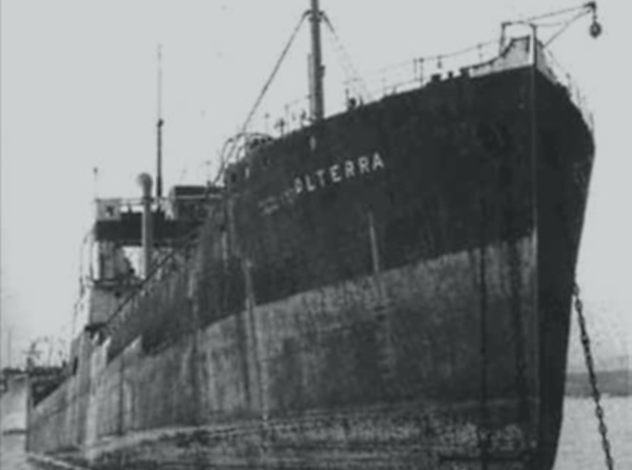
The plan sounds like something from a spy movie—to use a secret underwater base as a jumping-off point for launching and recovering midget submarines that would destroy British shipping. That’s exactly what the Italians planned and eventually executed. An Italian cargo ship, the Olterra, was stuck in Spain after World War II broke out and just happened to be anchored across the harbor from the British fortress at Gibraltar. Italy managed to secretly smuggle several tiny midget submarines through Spain and onto the Olterra as well as equipment to maintain the submarines. A hole was cut in the ship below the waterline to allow midget submarines and combat divers to secretly exit.
The first operation in December 1942 ended in disaster, with three deaths and two combat divers taken captive. However, a second operation in 1943 was successful in sinking three cargo ships, and another operation later that year sunk three more. The British had their suspicions, given that the Olterra was anchored right across the harbor from them, but never found out the truth until Italy surrendered to the Allies in 1943.
9 Operation Frankton
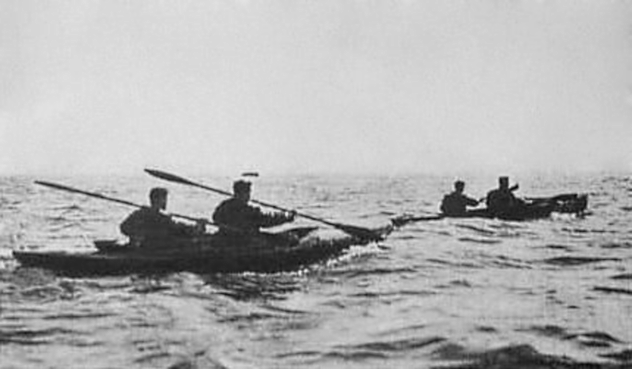
In December 1942, 10 British special forces soldiers were secretly sent to a French port to destroy things and otherwise cause mayhem. Their mode of transport? Canoes. Having realized that valuable war materials were flowing from Asia to Germany through the port of Bordeaux, the British decided that this choke point had to be stemmed. As more destructive ways of destroying the ships in the port could have caused civilian casualties, the British decided on a commando surgical strike. A royal marine came up with the insane plan of commandos paddling canoes into the port and sticking explosives onto the ships.
A British submarine surfaced off the French coast and launched five canoes, each carrying two commandos, for the strike. The port was hundreds of miles inland up a river, and the commandos had to paddle the whole way, taking several days to make the journey and hiding on the shore during the day. Only two of the boats managed to reach the safety of inland waters; two others capsized, and one disappeared. After reaching the harbor, the four remaining commandos blew up six ships.
Two of the commandos were captured and executed, but the other two were smuggled out of France and into Spain by French resistance members. The strike was a huge propaganda boost for the struggling Allies, and the Germans were forced to guard their ships more closely from then on, an increased expenditure of resources.
8 Operation Zeppelin
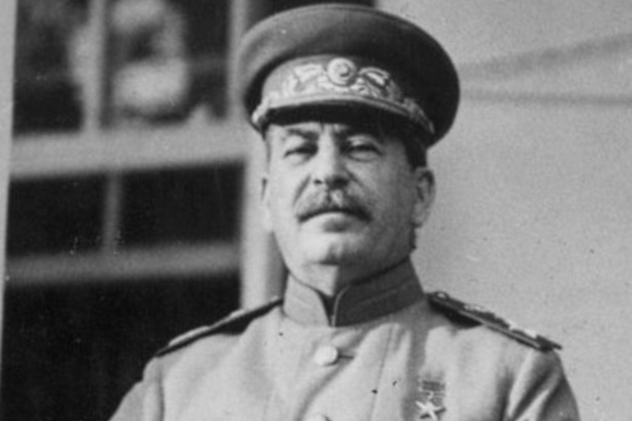
By 1944, the tide had turned against Nazi Germany, and Soviet troops were knocking at Germany’s door. In 1942, the Nazis had begun a series of operations designed to hinder the Red Army by starting anti-Soviet uprisings and otherwise messing with the Soviets. The Nazis were never very successful with these endeavors, but kept at them. Operation Zeppelin, the plot to assassinate Joseph Stalin in 1944, was part of this.
As part of the plot, two Soviet defectors were trained for the mission, equipped with special assassination tools, and given a myriad of false documentation to allow them to slip through Soviet lines, get into Moscow and close to Stalin, and kill him. Before the mission, the agents, a man and a woman, had gotten married to each other. The agents were inserted into the Soviet Union via a cargo plane, which crashed. However, the crew and the two agents were unharmed, and the agents set off on a motorcycle.
They would have reached Moscow, except that it was raining, and a guard at the first checkpoint they reached became suspicious because the two motorcycle riders headed toward Moscow were relatively dry despite the rain.
7 Operation Gunnerside
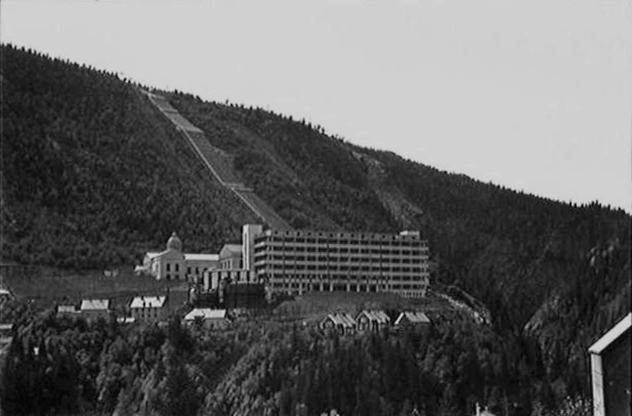
When the British became aware of Germany’s nuclear program, the obvious course of action was to sabotage it wherever they could. As the Nazis were producing a lot of heavy water, critical for their nuclear program, at a Norwegian hydroelectric power plant, the British resolved to destroy it. The first commandos sent to attack the base in 1943 were almost all captured and executed by the Nazis after their aircraft crashed, and the Nazis beefed up security around the power plant. Searchlights, more guards, and a minefield proved to be formidable obstacles. The British were not deterred.
Six more Norwegian commandos were parachuted into Norway in 1943 to join up with the four surviving commandos from the previous raid. In late February 1943, they decided to attack the power plant again. The 10 commandos had to avoid Nazi defenses by climbing down a ravine, crossing a freezing river, and climbing up the other side under the cover of darkness. They entered the plant by sneaking through a rail line.
Inside the plant, there were no guards, but the commandos found an elderly caretaker who was extremely helpful to them. After planting the explosives, they politely waited for the caretaker to find his misplaced glasses before they destroyed the power plant and escaped. Although the Nazis tried to repair the plant, the Allies destroyed it in an air strike a few months later.
6 The Kreipe Operation
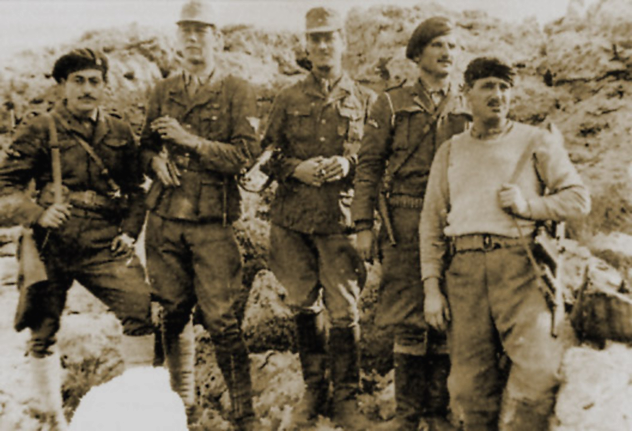
Probably one of the craziest operations ever conducted by Britain’s Special Operations Executive (SOE) during the war, the operation to kidnap General Kreipe, the commander of the German garrison on Crete, was designed to engender resistance on the occupied island. Having been secretly inserted onto the island months before the kidnapping would take place, the two commandos tasked with the operation put their plan into action in April 1944.
Dressing as German troops, the two commandos, with the help of the Cretan resistance, hailed the general’s car and then surprised and killed the general’s bodyguards. Stuffing Kreipe in the back of the car, the commandos, now disguised as the general and his driver, drove past more than 20 German checkpoints without the Germans knowing that anything was amiss. After abandoning the car and moving the general, the two commandos had to hide from German patrols while waiting to be extracted by a submarine.
The operation was a huge embarrassment to the Germans and a massive morale boost to the Cretan resistance and population.
5 Operation Postmaster

When the British started to suspect that Nazi U-boats refueled from or received targeting data from camouflaged civilian cargo ships in neutral ports, the admiralty sent a small group of SOE commandos to investigate and neutralize the threat to British shipping. In the course of their investigations during 1941, they came upon three suspicious ships which might have been guiding U-boats secretly via radio. Unfortunately, the boats were in neutral Spain. That didn’t deter the commandos, however.
The commandos threw a party for the crews of the three ships. While they were out partying, the commandos sneaked onto the vessels, overpowered the sentries onboard, blew up the anchor chains with explosives, and sailed the ships out of the harbor to rendezvous with a Royal Navy patrol boat.
The operation was a complete success and raised the standing of the SOE among the eyes of the British Cabinet, who would be persuaded to invest more resources in the then-fledgling organization.
4 Operation Corona
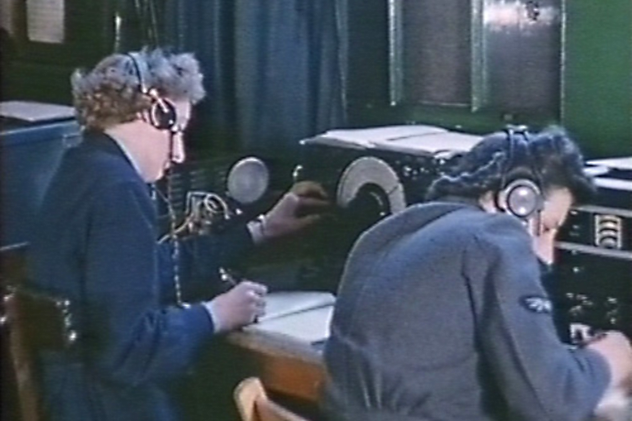
When Britain started striking back at Nazi Germany with bombers, they also started trolling the Nazi night fighter pilots tasked with hunting down the British bombers. The British used people who could speak German to impersonate German air controllers, broadcasting false orders to confuse German fighter pilots. It was called Operation Corona.
The massive scope of the operation was only possible because of, ironically, German-speaking Jewish refugees who had escaped Germany and settled in Britain. Now, these refugees were breaking into Luftwaffe radio channels and playing merry hell with the Luftwaffe’s ability to direct their night fighters. In one particular instance in 1943, the British got nearly all the German night fighters to fly home, and only one aircraft was lost during that night. Another time, a German night fighter which had gotten lost was diverted to a British airfield and captured.
3 Operation Peppermint
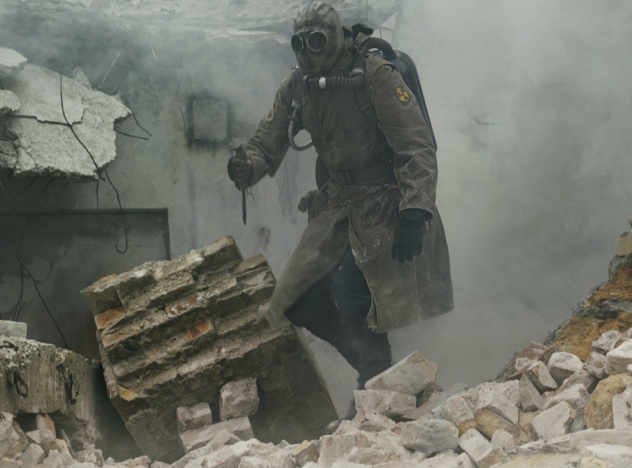
During World War II, right up until the first successful nuclear test, some Allied scientists believed that the use of radioactive substances in warfare would be more important than an actual nuclear weapon. The Allies concluded after some research that while the offensive use of radiological warfare was unlikely because of problems with delivery, the defensive use of such weapons, by, for example, deliberately contaminating beaches on which enemy soldiers were to land, was far more likely. Since the Allies were aware that the Nazis had a nuclear program, they became worried that the Nazis would unleash a radioactive death trap on Allied soldiers as they took back Europe.
In 1942, in response to these concerns, the Allies started to develop portable sensors to detect radioactivity. By the time 1944 came around and the Allied invasion of Europe was coming up, the Allies had developed tools to detect radioactivity. Supreme Commander Eisenhower was briefed by the head of the Manhattan Project, and instructions went out to Allied troops to report certain illnesses or symptoms to Allied High Command. Soldiers equipped with the portable detectors conducted tests of the equipment in England. Hundreds of detectors were held in reserve to be distributed. However, the Nazis didn’t have any radioactive weapons, so Operation Peppermint, the operation to detect and respond to radioactive weapons, was never put into effect.
2 Operation Source
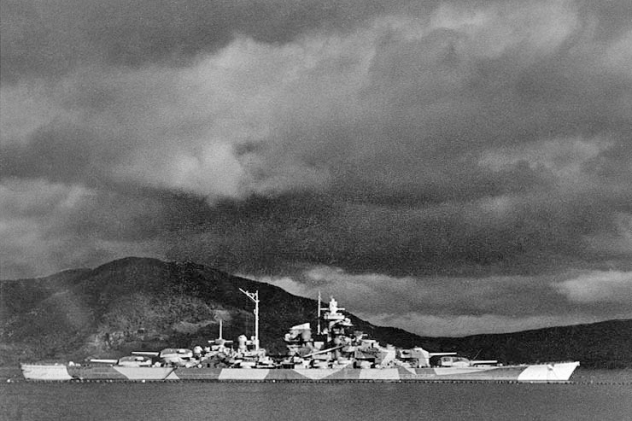
In 1943, the German battleship Tirpitz was hiding out in Norwegian fjords, positioned to threaten Allied convoys from Britain to the Soviet Union. Even worse for the British, the four battleships tasked with keeping the Tirpitz at bay were desperately needed to fight against the Japanese in the Pacific. With this in mind, as well as the fact that the Tirpitz was the responsibility of the Royal Navy to defeat, the British admiralty came up with a daring plan to damage the Tirpitz using midget submarines.
The X-craft midget submarines, each weighing 35 tons, had a pair of 2-ton explosive charges attached to their sides. The plan was for several of the submarines to sneak past German defenses, drop the explosive charges under the Tirpitz, and then sneak out before the explosives detonated. Six of the X-craft were tasked with attacking various capital ships that the Nazis had in Norway, with three tasked with attacking the Tirpitz.
Due to various difficulties with the mission and the loss of three of the submarines, only Tirpitz ended up being targeted. On September 22, 1943, three midget submarines slipped into the fjord where the Tirpitz was anchored. Two of them managed to sneak past the anti-torpedo nets around the Tirpitz and lay charges, but all of the boats were either captured or sunk afterward. However, the explosive charges worked, blowing big holes in the bottom of the battleship and causing damage that took half a year to repair.
1 Operation Biting
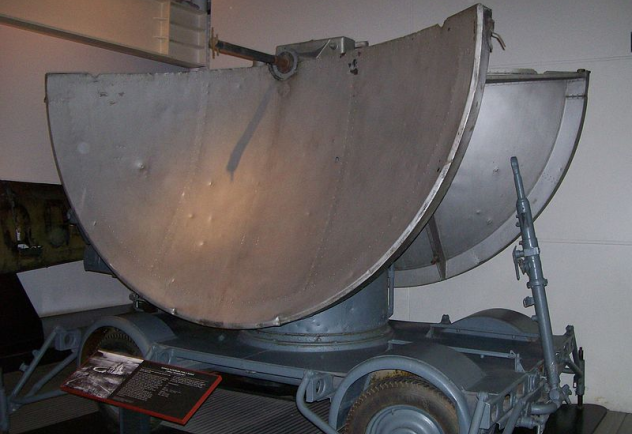
When the Germans started deploying a new radar in France in 1941, the British high command decided that they had to get their hands on a German radar set to see how it worked and to create countermeasures to it. The task fell to a newly formed Parachute Battalion, which would escort a radar technician into France and guard him as he dismantled a radar set. The Royal Navy would then extract him and the radar back to Britain.
On February 20, 1942, the battalion was dropped by parachute into France. Surprising the radar station and disassembling the radar through brute force while holding off German reinforcements, the paratroopers and the technician then found their way to the beach. It was barred by a pillbox, which they had to destroy. Then, they found that they couldn’t signal the ships that were to pick them up and had to fire a flare to attract their attention, all the while preparing for a German attack on their position.
The successful operation was a huge morale booster at a time when Nazi Germany still seemed invincible. It also gave Britain a huge advantage in electronic warfare at the time.
Sam Derwin writes, writes, and writes some more.








